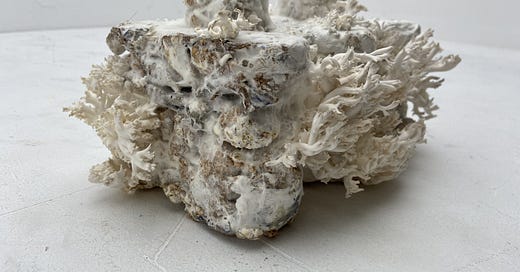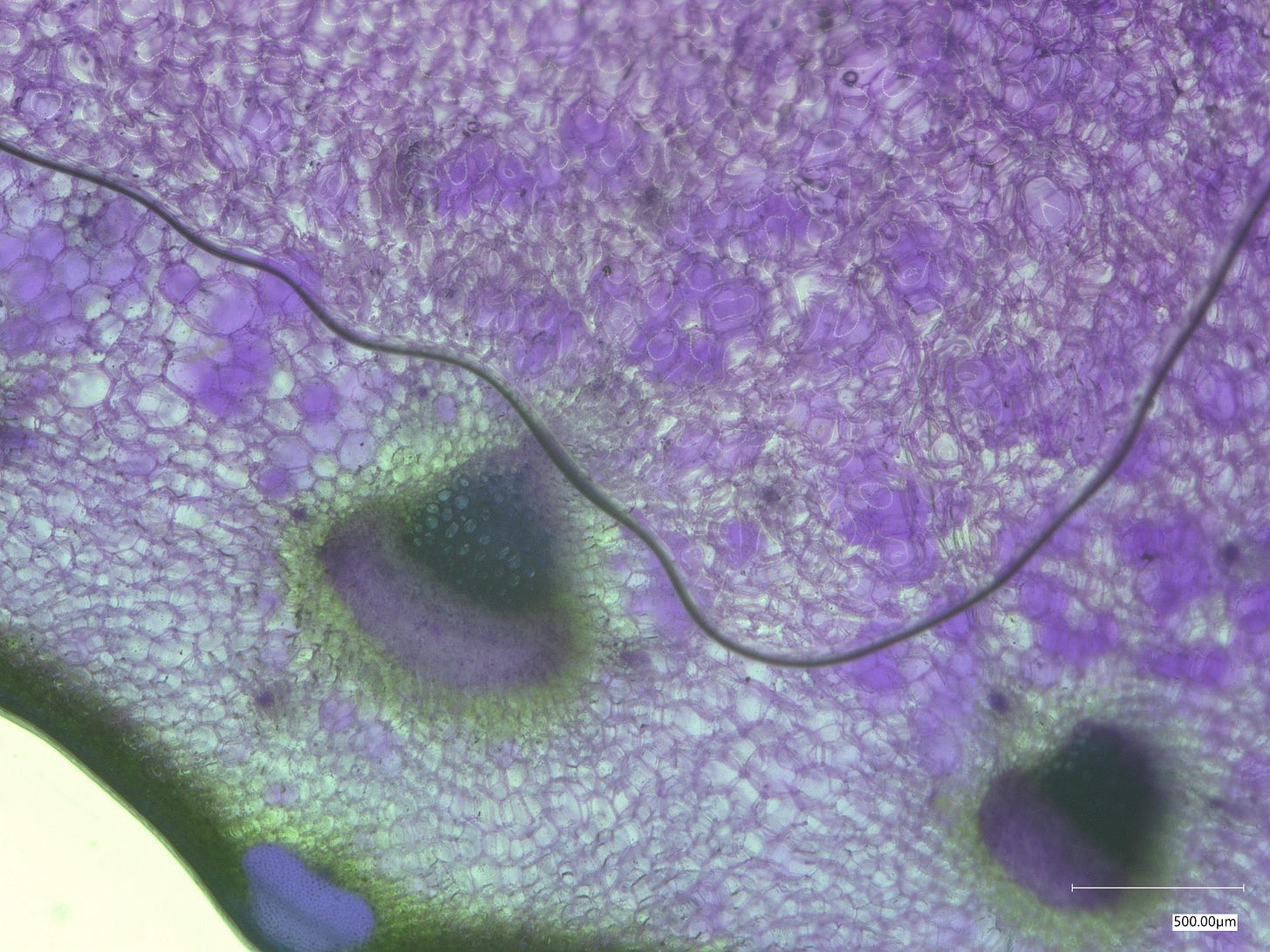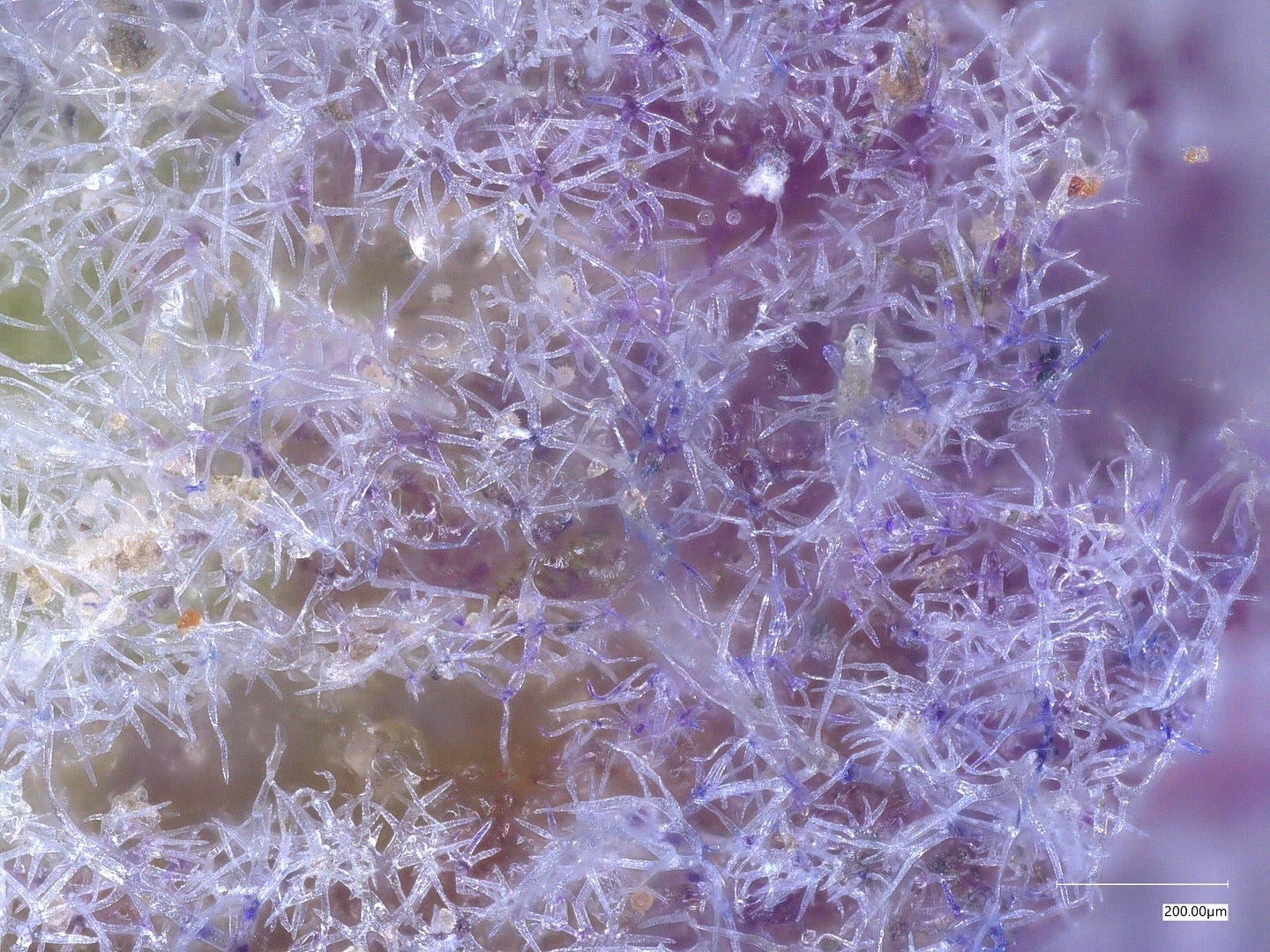What Is Biodesign?
Unprecedented breakthroughs in synthetic biology are emerging. There is a new need for artists and designers to utilise them.
What Is Biodesign?
Biodesign is a relatively new field. It incorporates a range of practices, most of which are deeply interdisciplinary, usually involve a living component, and are grounded in environmental sustainability.
Biodesign comes out of the term biomimicry, coined by Janine M. Benyus in Bimimicry: Innovation Inspired by Nature in 1998. Similar to Rachel Carson’s Silent Spring Benyus’ book brought to light a range of holistic, sustainable, and regenerative design practices which were expanded upon by a new generation of designers on the fringes, before becoming more formalised and incorporated into the educational mainstream, as pressure to avert climate breakdown seeped into every art and design discipline.
Biodesign often pairs indigenous, pre-modern ways of working with futuristic technology: the old ways with the cutting edge of synthetic biology.
As a new field its definition shifts and changes. Most accepted definitions share a few key things in common: sustainability; designing for environmental care; learning from nature; and treating the natural world as a partner and/or mentor.
Here are my favourite short definitions:
Designing with and for nature.
Creativity and biology.
Innovation inspired by nature.
Who is a Biodesigner?
The best biodesigners are hyper-generalists in training and in thinking. Most biodesigners are self-taught and/or trained in a different discipline. Most biodesign problem solving requires relentless resourcefulness and the ability to get the jist of different skill sets quickly. Kindness is essential, the biodesigner will usually be asking favours or trying to implement a system/process/material that is as bootleg as it is avant garde. A kind of social-lock-picking charm will help you in spades.
Biodesign often steals ideas from circular economy and regenerative design, but this makes everyone better off. Many biodesign projects try to be holistic to the extreme, as the practice seeks to mirror nature where there is no waste, just food.
Some ways to question like a biodesigner:
What is the material for the project?
Where is it grown?
How is it grown?
Is it organic?
Is it regenerative?
Is it a waste stream?
How is it sold and who profits?
Does it modify human behaviour to be more environmentally friendly?
Does it teach a lesson about how to live in line with nature?
Can it be composted at the end of life?
Can it improve compost at the end of life?
Can it be reused at the end of life?
Can it be repurposed at the end of life?
Why Does Biodesign Matter?
Biodesign is about to become a dominant design practice. Whether from swiftly curtailed access to virgin materials due to climate breakdown; incoming environmental regulation like the European Union’s Digital Product Passport; or increasing focus on environmental ethics across design disciplines. Unprecedented breakthroughs in synthetic biology are emerging. To utilise these breakthroughs a new need is growing for scientists to work with biodesigners.
In many ways biodesign is this strange, new discipline, rapidly upskilling artists and designers to work with these new biological processes and tools.
What is the Philosophy of Biodesign?
As an early, emerging field it is important to impress a philosophy of care into biodesign.
“. . . our tools are always deployed in the service of some philosophy or ideology. If we are to use our tools in the service of fitting in on Earth, our basic relationship to nature - even the story we tell ourselves about who we are in the universe - has to change.” (Benyus, 1998 )
As a species we are on the brink of both complete climate breakdown and the greatest biotechnological revolution our species has ever seen. We must make sure that the attitudes, ideologies, philosophies, and systems which caused the former are not carried through to the latter.
Conclusion
Biodesign is at best poised to become the gold standard for making products and materials. At worst it's a fascinating way to tackle problems from a new angle. The next time you are stuck on a problem, think about how nature would solve it and mirror the output. You will end up in fascinating places.






